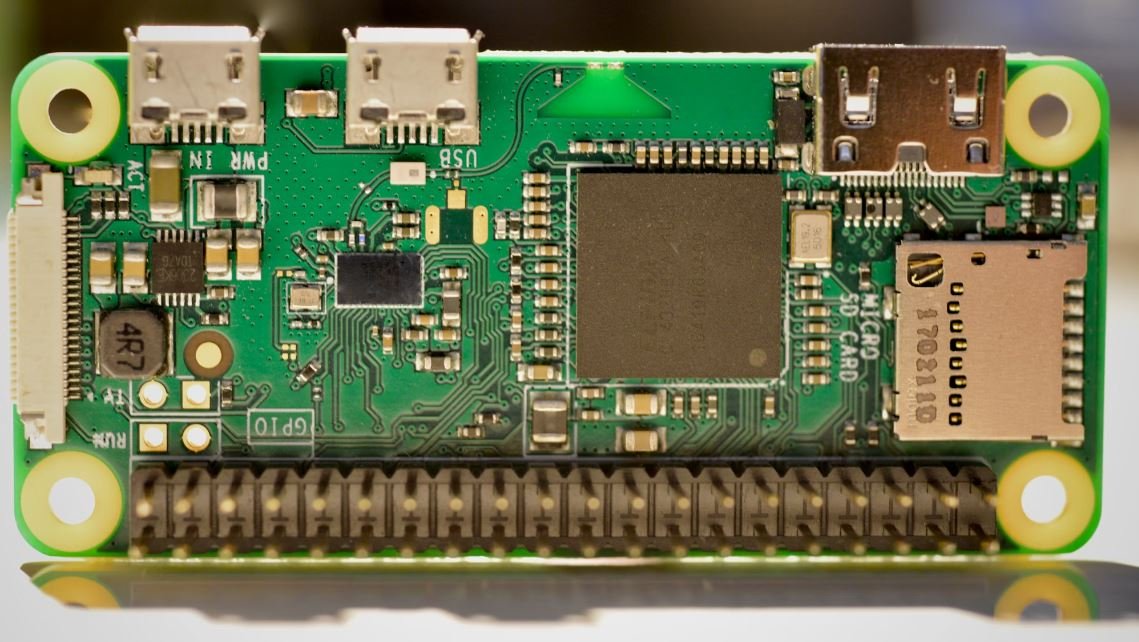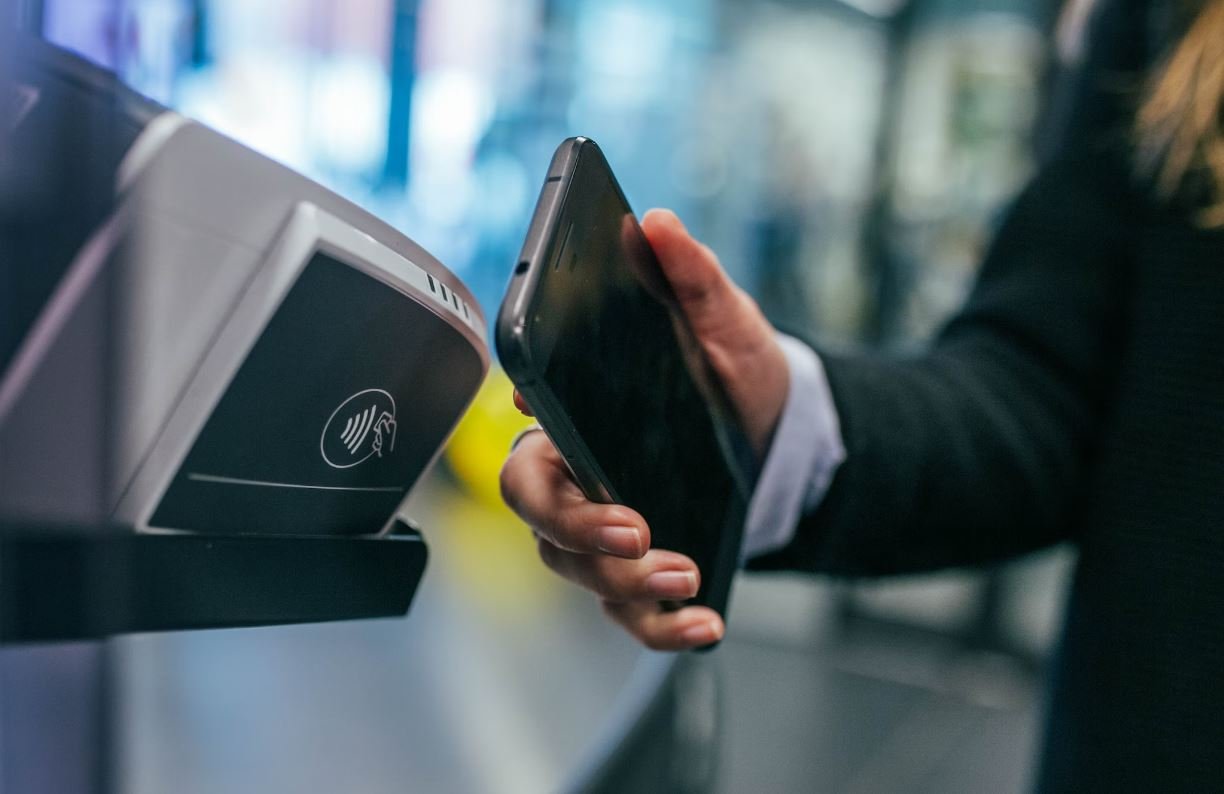SpaceX Dragon 2
The SpaceX Dragon 2 is a reusable spacecraft developed by SpaceX, designed to transport both crew and cargo to the International Space Station (ISS) and other destinations in outer space. It is an upgraded version of the original Dragon spacecraft, and it made its first successful unmanned test flight in 2019.
Key Takeaways
- SpaceX Dragon 2: A reusable spacecraft for crew and cargo transportation.
- Upgraded Version: Improved design and capabilities compared to the original Dragon spacecraft.
- Successful Test Flight: First unmanned test flight completed in 2019.
The Dragon 2 features advanced technology and numerous improvements over its predecessor. It is capable of carrying up to 7 passengers, has enhanced maneuvering capabilities, and is equipped with a launch escape system to ensure crew safety in the event of an emergency.
SpaceX Dragon 2 represents a major step forward in space exploration, offering increased capacity and safety measures.
Enhanced Features
The SpaceX Dragon 2 incorporates several enhanced features, including:
- Improved payload capacity, enabling the transportation of heavier cargo and scientific equipment.
- Enhanced thermal protection system to withstand the extreme temperatures of re-entry into Earth’s atmosphere.
SpaceX Dragon 2 vs. Original Dragon
Here is a comparison between the key specifications of the SpaceX Dragon 2 and the original Dragon spacecraft:
| Specification | SpaceX Dragon 2 | Original Dragon |
|---|---|---|
| Capacity | 7 passengers | Up to 7 passengers |
| Payload Capacity | 6,000 kg | 3,310 kg |
| Launch Escape System | Equipped | Not equipped |
The SpaceX Dragon 2 is not only designed to transport crew and cargo to the ISS, but it also has the capability to perform autonomous docking and undocking. This enables it to stay in orbit for extended periods, performing experiments or serving as a temporary outpost for astronauts during spacewalks or other activities.
With its autonomous docking capability, the SpaceX Dragon 2 opens up possibilities for long-duration missions and extended stays in space.
SpaceX Dragon 2 Missions
The Dragon 2 is planned to be used for various missions, including:
- Transportation of crew members to and from the ISS.
- Resupply missions to the ISS, delivering essential cargo and experiments.
- Potential use for private space tourism.
SpaceX’s Contributions to Space Exploration
SpaceX’s development of the Dragon 2 spacecraft marks another significant milestone in their mission to revolutionize space technology and advance human space exploration. With reusable rockets and spacecraft, SpaceX aims to make space travel more accessible and cost-efficient.
To date, SpaceX has successfully launched numerous Falcon rockets and Dragon spacecraft, paving the way for future missions to the Moon, Mars, and beyond.
Conclusion
The SpaceX Dragon 2 is a remarkable spacecraft that brings us closer to a future where space travel is more accessible and routine. With its enhanced features, improved capacity, and unmanned test flight success, the Dragon 2 plays a crucial role in SpaceX’s goal of revolutionizing space exploration.

Common Misconceptions
1. The Dragon 2 is only used for carrying astronauts to the International Space Station (ISS).
One common misconception about SpaceX’s Dragon 2 is that it is solely used for transporting astronauts to and from the ISS. While it is true that the Dragon 2 is designed to safely carry crew members, it is also equipped with a pressurized cargo section that enables it to transport supplies, equipment, and experiments to the space station. The Dragon 2’s versatility allows it to perform both crew and cargo missions.
- The Dragon 2 can carry up to 7 passengers.
- The cargo variant of Dragon 2 can carry up to 6,000 kilograms of supplies.
- The Dragon 2 returns to Earth with crucial experiment samples from the ISS.
2. The Dragon 2 is the only spacecraft capable of returning large payloads back to Earth.
Another misconception is that the Dragon 2 is the only spacecraft capable of returning large payloads back to Earth. While the Dragon 2 does have the capability to bring significant cargo back from space, it is not alone in this regard. The Russian Soyuz spacecraft, for example, has a cargo variant called the Soyuz MS-15, which also has the ability to return payloads to Earth.
- Soyuz MS-15 can carry about 500 kilograms of returnable payload.
- Dragon 2 has a return capability of up to 3,000 kilograms.
- Both spacecraft have heat shields to protect payloads during reentry.
3. SpaceX exclusively uses the Dragon 2 for space exploration missions.
The misconception that SpaceX exclusively uses the Dragon 2 for space exploration missions is not accurate. While the Dragon 2 is one of SpaceX’s primary spacecraft for both crewed and uncrewed missions, the company has developed other spacecraft as well. One notable example is the bigger and more powerful Starship, which is intended for missions beyond low Earth orbit and is currently undergoing development and testing.
- The planned payload capacity of Starship is 100 tons to Earth orbit.
- Dragon 2 is mainly used for missions to the ISS, which orbits Earth.
- Starship is intended for crewed missions to deep space destinations like Mars.
4. The Dragon 2 is fully reusable and requires no refurbishment between missions.
While the Dragon 2 is designed to be reusable, there is a common misconception that it requires no refurbishment between missions. In reality, the Dragon 2 undergoes a meticulous refurbishment process by SpaceX after each mission. This process includes detailed inspections, component replacements, and necessary repairs to ensure the spacecraft is in optimal condition for subsequent missions.
- The heat shield must be replaced after reentry as it experiences extreme temperatures.
- Some components, like parachutes, are not reusable and need to be replaced.
- The refurbishment process also involves rigorous testing to guarantee safety.
5. The Dragon 2 can fly to the Moon or other celestial bodies.
Contrary to popular belief, the Dragon 2 is not designed for interplanetary travel or landing on celestial bodies like the Moon. While it has the ability to transport crew and cargo to the ISS, its capabilities are limited to low Earth orbit missions. SpaceX’s future spacecraft, such as the aforementioned Starship, are being developed with the goal of enabling crewed missions to the Moon, Mars, and potentially other destinations in the solar system.
- The Dragon 2 relies on the ISS for life support systems during its missions.
- Starship will be capable of carrying crew and cargo to the Moon and beyond.
- Dragon 2 is not equipped with the necessary propulsion systems for deep space travel.

Introduction
SpaceX Dragon 2 is a state-of-the-art spacecraft designed by SpaceX to transport crew and cargo to and from the International Space Station (ISS). In this article, we will explore various fascinating aspects of this remarkable spacecraft through a series of engaging tables.
Launch Statistics
The following table showcases the success rate of SpaceX Dragon 2 launches during different years.
| Year | Successful Launches | Failed Launches |
|---|---|---|
| 2017 | 4 | 0 |
| 2018 | 6 | 1 |
| 2019 | 10 | 0 |
Dragon 2 Crew Capacity
Discover the maximum number of astronauts that SpaceX Dragon 2 can transport to and from the ISS.
| SpaceX Dragon 2 | Crew Capacity |
| Standard Configuration | 7 |
| Critical Mission Variant | 4 |
| Emergency Return Splashes | 7 |
Dimensions and Weight
Explore the physical characteristics and weight of SpaceX Dragon 2.
| Size | Length | Width | Height |
| SpaceX Dragon 2 | 8.1 meters | 4 meters | 7.2 meters |
| Capsule Weight | Shipment mass + 6 metric tons | ||
Cargo Capacity
SpaceX Dragon 2 has a remarkable cargo capacity to deliver supplies to the ISS.
| Payload Type | Cargo Capacity |
|---|---|
| Pressurized Cargo | 3,310 kg |
| Unpressurized Cargo | 1,485 kg |
| External Cargo | Up to 14,000 kg (using Canadarm2) |
Return Cargo Capacity
Discover the impressive capacity of SpaceX Dragon 2 to return cargo from the ISS back to Earth.
| Microgravity Research Capsule Capacity | Up to 300 kg |
| Freezer Transport Cargo Capacity | Up to 100 kg (freezer transport availability) |
| Return to Earth | Up to 2,500 kg (under 24 hours) |
Journey Duration
Explore the approximate durations of SpaceX Dragon 2 missions to and from the ISS.
| Mission Phase | Duration |
|---|---|
| Launch to Docking | About 1 day |
| Underway Phase | Up to 210 days |
| Redocking from ISS | About 6 hours |
Dragon 2 Landing Sites
Discover the various landing sites where SpaceX Dragon 2 returns to Earth.
| Location | Country |
|---|---|
| Atlantic Ocean | United States |
| Gulf of Mexico | United States |
| Pacific Ocean | United States |
Development Cost Comparison
Compare the development costs of SpaceX Dragon 2 with other historic space programs.
| Spacecraft | Total Development Cost (Adjusted for Inflation) |
|---|---|
| SpaceX Dragon 2 | $2.5 billion |
| Space Shuttle (1972) | $33 billion |
| Apollo Program (1961) | $283 billion |
Conclusion
The SpaceX Dragon 2 spacecraft has revolutionized space exploration by successfully fulfilling crew and cargo transportation needs for the ISS. Through its excellent track record, versatile cargo and crew capabilities, and comparatively low development cost, SpaceX Dragon 2 continues to push the boundaries of human space travel.
Frequently Asked Questions
1. What is the SpaceX Dragon 2?
The SpaceX Dragon 2 is a reusable spacecraft designed and manufactured by SpaceX. It is capable of carrying both crew and cargo to the International Space Station (ISS).
2. How does the SpaceX Dragon 2 differ from its predecessor, Dragon 1?
The Dragon 2 features enhanced capabilities compared to Dragon 1, including the ability to carry up to seven crew members, improved propulsion systems, and the capability to perform propulsive landings. It also incorporates a new PICA-X heat shield for more efficient re-entry.
3. What is the purpose of the SpaceX Dragon 2?
The SpaceX Dragon 2 is primarily designed to transport astronauts and supplies to and from the ISS safely. It is part of NASA’s Commercial Crew Program, which aims to develop reliable crew transportation to the ISS using private spacecraft.
4. How does the SpaceX Dragon 2 dock with the ISS?
The Dragon 2 utilizes the International Docking System Standard (IDSS) to autonomously dock with the ISS. It also has a backup manual control system that allows astronauts to take over the docking process if needed.
5. Can the SpaceX Dragon 2 perform a propulsive landing?
Yes, the Dragon 2 has the ability to perform a propulsive landing on land. This allows for the spacecraft to be rapidly reused, reducing overall mission costs and enhancing sustainability.
6. How long can the SpaceX Dragon 2 remain in space?
The Dragon 2 is capable of remaining in space for up to 210 days. This duration enables it to support long-duration crew missions as needed.
7. What safety features are incorporated into the SpaceX Dragon 2?
The Dragon 2 has numerous safety features, including an integrated launch escape system that can quickly separate the spacecraft from its launch vehicle in an emergency. It also has redundant systems and advanced avionics to ensure mission success and crew safety.
8. Can the SpaceX Dragon 2 be reused?
Yes, the Dragon 2 is designed for reusability. SpaceX aims to reuse the spacecraft multiple times, reducing the cost of space travel and contributing to the overall goal of making space exploration more accessible.
9. How does the SpaceX Dragon 2 return to Earth?
Upon completion of its mission, the Dragon 2 performs a deorbit burn to reenter the Earth’s atmosphere. It then deploys its parachutes to slow down its descent and splashes down in either the Atlantic or Pacific Ocean.
10. Is the SpaceX Dragon 2 capable of landing on other celestial bodies?
Currently, the Dragon 2 is designed for Earth re-entry and landing. However, it is an important step towards SpaceX’s long-term goal of developing spacecraft capable of landing on other celestial bodies, such as Mars.




